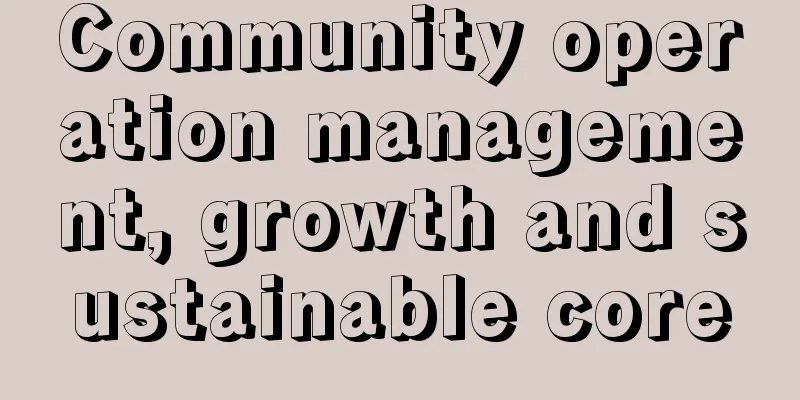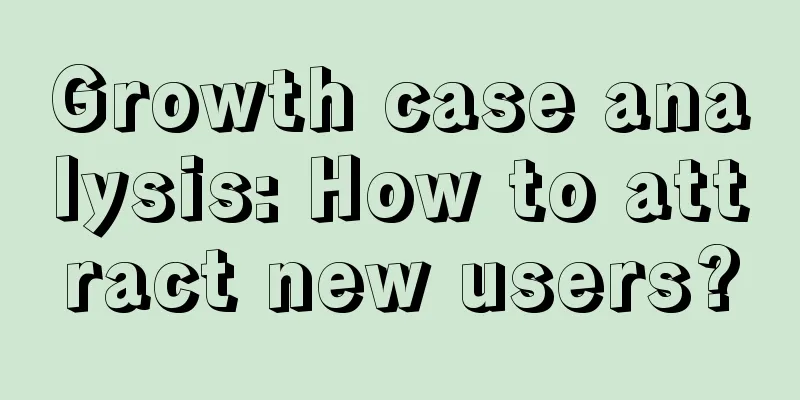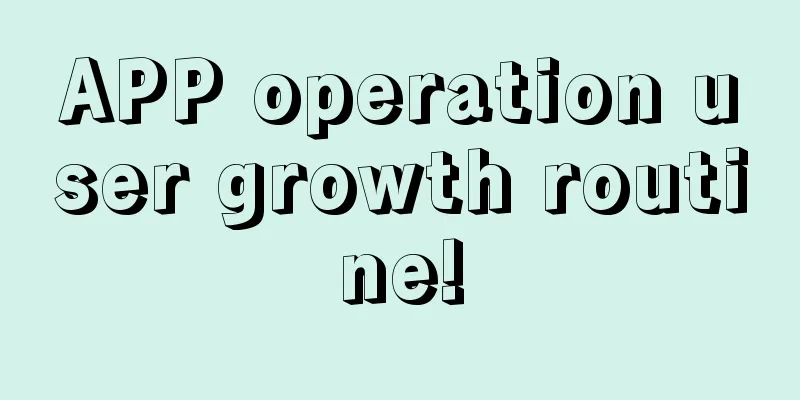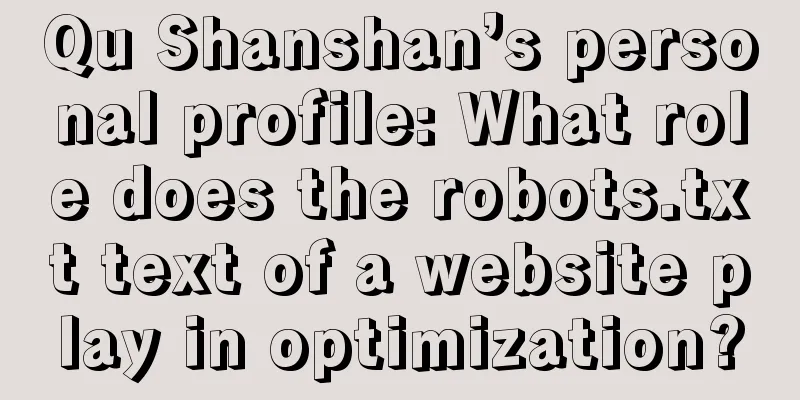Community operation management, growth and sustainable core

|
I think whether a group is well managed or not depends on the users’ perception of the group’s value.
In this case, I will most likely quit the group because I feel no sense of value after joining it. The management behaviors performed by operators are actually centered around shaping group value and spreading user perception. Think about it carefully. As mentioned in the previous section, community operation is actually about distributing the value system. Every group in the community ecosystem can get the value or benefit they want. This is a healthy development model. It’s not just about you feeling useful, it’s about the user (me) sensing and feeling useful! Otherwise, it is easy for a large number of users to leave the group, the operator will have no motivation, will not get benefits that match their efforts, will gradually neglect management, and eventually the group ecology will be destroyed. From joining a group, becoming active, to long-term retention and secondary activity, most users meet two conditions: perception of group value and positive acquisition of group value. As shown in the following figure: To put it bluntly, this group is really useful to him! (Positive value acquisition), or this group looks good (others in the group have value acquisition and gain value perception). I say all this to express a point: managing a group is actually about managing the group's value system, allowing members of the group to gain value and value perception, so that the group can exist stably; after adding some fission and drainage methods, the scale and number of the group can achieve stable and sustainable growth. How to manage a single group? We mentioned before that there are six major driving forces for users to join a group, and the value line of the group is to meet user needs by shaping group services. The community business lines of various industries are different. E-commerce and education industries are currently the most numerous. Some industries do mass coupon distribution, promote Amway products and get rebates, some provide free course trials, promote formal courses, referrals and knowledge payment communities, etc. Some big brands may also set up communities that are purely maintained by services. I won’t go into details about this. Just build your group service around the core business of your community and try your best to satisfy the reasons why users come. Let me give you an example. For a group of gaming products, users are usually attracted to join the group through benefits, social attraction, official service attraction, and game development attraction. The value management ideas of this group are as follows: In fact, there is no difficulty. As long as you can understand the needs of users and then provide supporting group services to meet them, and create a value line, everything will be OK. The key lies in system support, detailed execution, and management issues in the process . Because in reality, being the person in charge of community operations is far from that simple. Just take the number of groups you are responsible for, which can range from dozens to hundreds or even thousands. What problems will there be in multi-group management?
There are plenty of third-party social networking tools on the Internet, and you can search and check them yourself. Other issues will vary from person to person and industry to industry, and also require a lot of practice. I won’t go into detail, but the core has not changed. It is nothing more than making multi-group collaborative management more efficient, concentrating resources, building a value system that meets the most urgent user needs, and making users aware of it. Only when the value line of a single group is stable, the synchronous management of multiple groups is efficient, and users have a good perception of value can the entire community ecology maintain healthy development. What's next? Do drainage and fission. The target population comes in a steady stream, and with the group value line and perception in place, long-term retention and activity will not be a problem. After all, only when the fish pond is big and the fish are well raised can the harvest season be expected. Author: Blue Cat Source: Attack of the Blue Cat |
<<: Free is the best activity to attract new customers strategy
Recommend
World Migratory Bird Day | Rare than the giant panda? How much do you know about this "world's most mysterious bird"?
May 13 is the first World Migratory Bird Day in 2...
Making charging as fast as refueling, GAC Aion's super-speed battery technology and A480 super charging pile debut globally
On August 30, GAC Aion held an online press confe...
Seeing the classic three-color plastic sheeting, I couldn’t help but wonder, can waterproofing and breathability co-exist?
Produced by: Science Popularization China Author:...
How to explain sleeping in using physics?
It's really not my problem that I always want...
How did the beautiful and refreshing "Paris Green" become the "deadly fashion color" of the Victorian era?
1862 was a desperate year for Richard and his wif...
Alipay has made the right move by entering the social networking market through social networking
For Alipay , it is neither trying to build a comm...
Remember to throw away the package you have opened in time! Otherwise, cockroaches will target your home
Let me ask you first: after you unpack the packag...
What is a "leopard print mango"? Can it be eaten? Can it be sold?
Recently someone recommended me a new thing calle...
Like function, use MySQL or Redis
The like function is a basic function in current ...
Galaxy Note4's four tricks
Samsung's new generation of giant screen flags...
Douyin dou+ advertising strategy helps you become popular
Doujia is the official quick promotion method of ...
Recommended by experts: iOS custom drop-down line animation
This is the second demo in this chapter. In this ...
Foshan Hotel Mini Program Development and Production, How to Develop Hotel Reservation WeChat Mini Program?
With the continuous development of the Internet of...
A complete guide to community operations!
Today we are going to talk about how to play the ...
Xcode Project Analysis
1. Background Xcode is an IDE for daily iOS progr...









